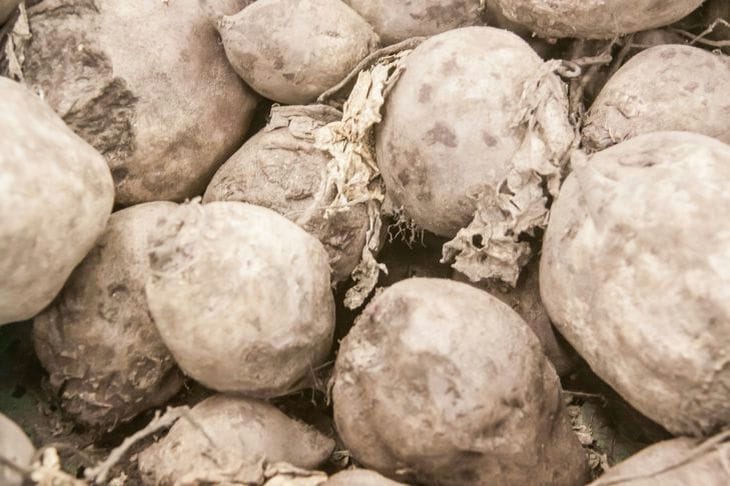Beetroot is a popular vegetable in summer residents' gardens. However, many gardeners wonder about the proper care of this crop.
Loosening the soil around beets causes a lot of controversy among gardeners.
Beetroot is an unpretentious crop, but to get a good harvest it is necessary to follow the rules of agricultural technology.
One of the important aspects of beetroot care is soil loosening.
This process helps to saturate the soil with oxygen, improve its structure and create favorable conditions for the development of the plant's root system.

When to loosen beets
Loosening of beets should begin after the shoots appear. During this period, young plants especially need access of oxygen to the roots.
The first loosening is carried out to a depth of 2-3 cm, so as not to damage the fragile root system. As the beet grows, the loosening depth is increased to 5-7 cm.
The frequency of loosening depends on the soil condition and weather conditions. After rain or watering, a crust forms on the soil surface, which must be broken up.
In dry weather, loosening helps to retain moisture in the soil. Usually, beets are loosened 3-4 times per season.
Loosening technique
Various tools are used to loosen beets: hoes, cultivators, mattocks. It is important to be careful and not to damage the roots of the plants.
Loosening should be done between rows and around plants, leaving 5-7 cm from the stems.
When loosening, weeds are removed that compete with beets for nutrients and moisture. This procedure is best done in the morning or in the evening when the heat subsides.
Features of beetroot care
In addition to loosening, beets need regular watering. Lack of moisture leads to the formation of hard and fibrous root crops.
It is recommended to water beets once a week, using 10-15 liters of water per square meter.
Top dressing is another important aspect of beet care. The first top dressing is carried out 2-3 weeks after the emergence of shoots, using complex mineral fertilizers. The second top dressing is carried out during the period of root crop formation.
Thinning out crops also helps to obtain a quality harvest. This procedure is carried out when the plants have 3-4 true leaves. A distance of 8-10 cm is left between the plants.
The effect of loosening on yield
Regular soil loosening has a positive effect on beet yield. This process stimulates the growth of root crops, improves their shape and taste.
Loose soil promotes uniform distribution of moisture and nutrients, which is especially important for the formation of large and juicy root crops.
Experienced gardeners note that beets grown in compliance with the rules of loosening are less susceptible to diseases and pest damage.
This is explained by the fact that loosening improves soil aeration, creating unfavourable conditions for the development of pathogenic microorganisms.








